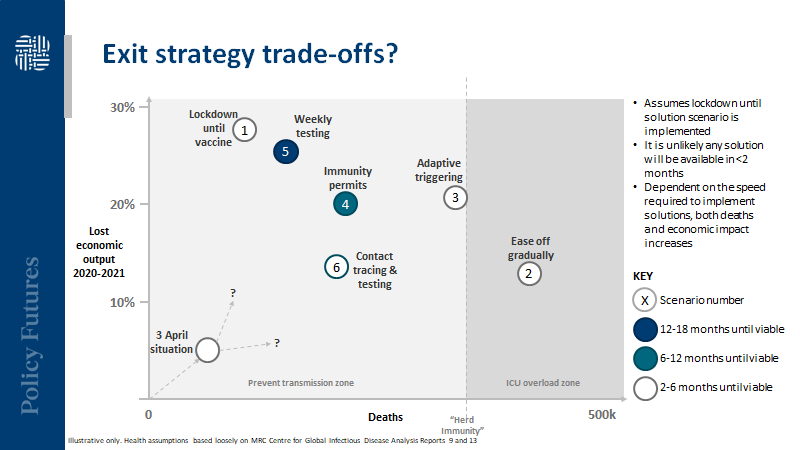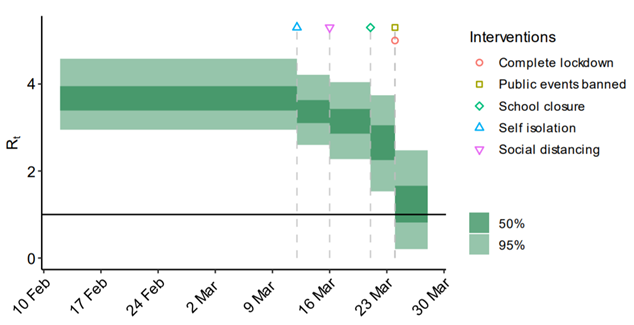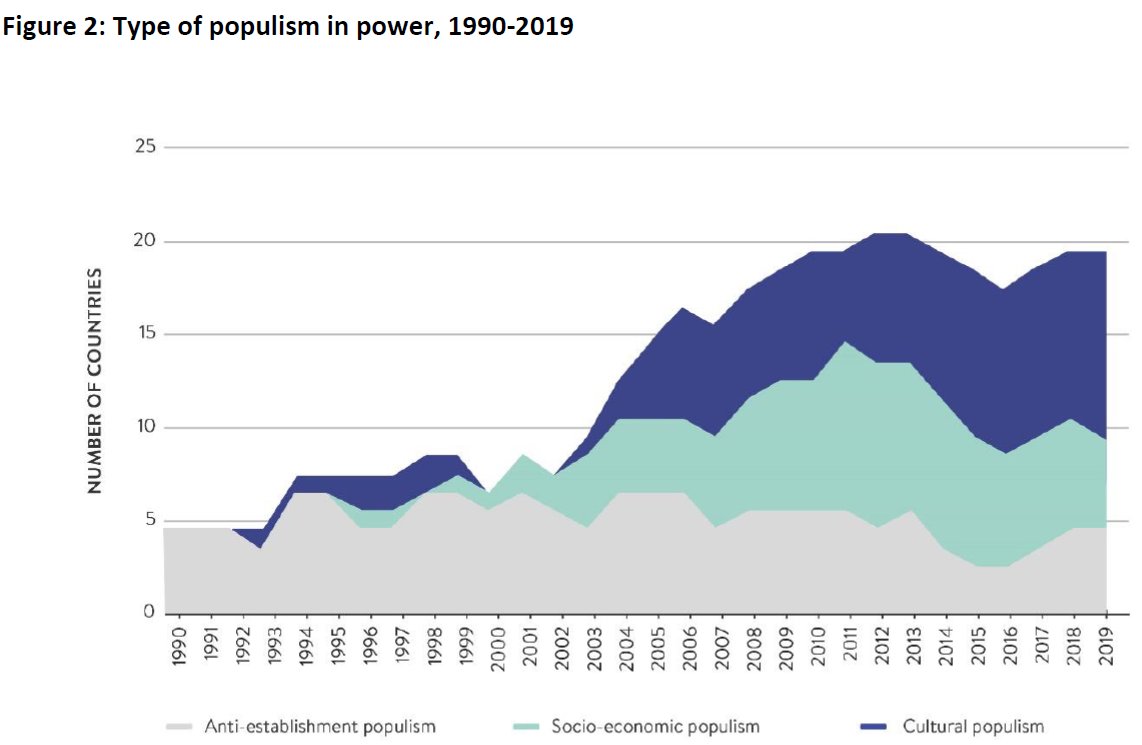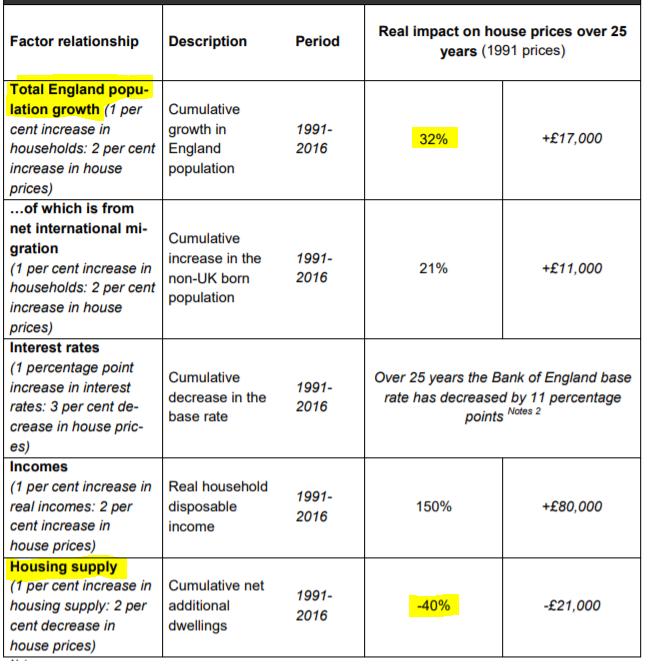
Jonathan Van-Tam framed it as a race between the new variant and vaccine rollout. But perhaps we should think of it as 404 different races - one for each local authority in the UK.
Our new analysis today looks at how exposure varies across England
1/13
institute.global/policy/levelli…
Our new analysis today looks at how exposure varies across England
1/13
institute.global/policy/levelli…

We know that some areas have been hit much harder by past waves of Covid than others. But the silver lining is that population protection in those areas is higher now so any third wave *should* be smaller in areas of high past infection
2/13
2/13

Vaccine take-up also varies by area due to demographics, but also due to vaccine hesitancy and other things. So there's a fair amount of variation in vaccine protection across the country
3/13
3/13

Putting those together - and stripping out any overlap for people both infected in the past and now vaccinated - and the picture looks like this
4/13
4/13

London is fascinating. The outer boroughs are well protected by both high past infection and high vaccine uptake. But some of the inner boroughs appear quite exposed.
North Kent - first and hardest hit by the Kent variant - has strong protection from past infection
5/13
North Kent - first and hardest hit by the Kent variant - has strong protection from past infection
5/13

North West was hit pretty hard in the past, and vaccination coverage is mixed.
Worryingly Bolton appears to be among the better protected areas of the country, yet it's still seeing a surge of B.1.617.2. That doesn't bode well for the many more exposed areas of the country
6/13
Worryingly Bolton appears to be among the better protected areas of the country, yet it's still seeing a surge of B.1.617.2. That doesn't bode well for the many more exposed areas of the country
6/13

How is protection likely to evolve from here onwards as the vaccine rollout continues? Here we've lined up all English local authorities from the least to the best protected - almost all of them make it over the herd immunity threshold for Step 3, take on Monday...
7/13
7/13

Can they get to the higher herd immunity threshold (for the Kent variant) by the time of Step 4?
No, hence SAGE foresees R>1 for a time after June 21 (though this all assumes no material change in protection from past infection over the period)
8/13
No, hence SAGE foresees R>1 for a time after June 21 (though this all assumes no material change in protection from past infection over the period)
8/13

Protection continues to rise and by the end of the summer many areas are over the line, and further infections will probably push most above the HIT - but there's likely to be an under-protected tail of areas throughout
9/13
9/13

Things get more worrying if the B.1.617.2 becomes dominant (as seems inevitable). Here we look at how the HIT changes if it turns out to be 25% more infectious.
By the end of September, absent further infections, nowhere gets above the line.
10/13
By the end of September, absent further infections, nowhere gets above the line.
10/13

There are only estimates, but any gap between protection levels and the HIT will be made up either by extending vaccination to adolescents or by a third wave.
11/13
11/13
Overall, accelerating vaccine rollout or postponing Step 4 until rollout is complete would save lives
But so would varying the distribution of vaccines by area. Marginal benefit of an extra vaccine in a highly protected area is less than in an exposed on (all else equal)
12/13
But so would varying the distribution of vaccines by area. Marginal benefit of an extra vaccine in a highly protected area is less than in an exposed on (all else equal)
12/13
If we can be smarter with vaccine rollout, it could make a big difference. It's time to explore what levelling up vaccinations could do for us institute.global/policy/levelli…
May be of interest to @i_petersen @jburnmurdoch @kallmemeg @whippletom @JamesWard73 @Dr_D_Robertson @ThatRyanChap @PaulMainwood @BristOliver @VictimOfMaths @AdamJKucharski
• • •
Missing some Tweet in this thread? You can try to
force a refresh









